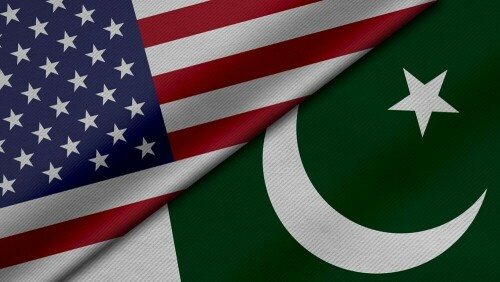THE Italian state television network, RAI, has broadcast a documentary that contains footage and testimony proving that the American military has used chemical weapons in Iraq, including in civilian areas, according to a report on the World Socialist Website.
The film, titled Falluja: the hidden massacre, specifically examined the use of white phosphorous, an incendiary and corrosive chemical agent, during the US assault on Falluja in Nov 2004. Former US soldiers, Iraqi doctors and international journalists were interviewed, and graphic images were shown of Iraqi civilians killed by chemical weapons.
The filmmakers spoke with former army specialist Jeff Englehart, who participated in the Falluja offensive. He was asked if US forces had used chemical weapons. “From the US military, yeah, absolutely,” Englehart replied. “White phosphorus, possibly napalm may or may not have been used, I don’t know. I do know that white phosphorus was used, which is definitely, without a shadow of a doubt, a chemical weapon.”
The former soldier, who is now strongly opposed to the war, described how he saw the corpses of those killed by phosphorous. “Burned. Burned bodies. I mean, it burned children, and it burned women. White phosphorus kills indiscriminately. It’s a cloud that will within, in most cases, 150 metres of impact will disperse, and it will burn every human being or animal.... “The gasses from the warhead of the white phosphorous disperse in a cloud. And when it makes contact with skin, then it’s absolutely irreversible damage—burning of flesh to the bone.... If you breathe it, it will blister your throat and your lungs until you suffocate, and then it will burn you from the inside.
“It basically reacts to skin, oxygen, and water. The only way to stop the burning is with wet mud. But at that point, it’s just impossible to stop.”
The documentary contained footage shot by a team of Iraqi doctors who entered Falluja after the offensive to assist with the burial of the dead. The film’s narrator described the horrific images: “The bodies of civilian casualties, of women still clutching the masbaha, the Islamic rosary, their bodies showing strange injuries, some burnt to the bone, others with skin hanging from their flesh. There is no sign of bullet wounds. The faces have literally melted away, just like other parts of the body. The clothes are strangely intact... Some animals are also dead without any apparent injury.”
The documentary also broadcast a number of still images collected by Mohamad Tareq al-Deraji, the director of the Centre for the Study of Human Rights in Iraq. The photographs showed men and women burned beyond recognition, their skin either caramelised or completely dissolved. In some cases little more than the victims’ skulls and teeth remain. None of the clothes on the bodies are burnt, indicating that conventional weapons could not have been responsible.
After independent journalists first reported the accusations of Falluja residents that chemical weapons were used against them, the US military issued a formal denial in December 2004.
“US forces have used [phosphorous shells] very sparingly in Falluja, for illumination purposes,” the statement declared. “They were fired into the air to illuminate enemy positions at night, not at enemy fighters.” The Italian documentary proves this to be a lie—the chemical shells killed both resistance fighters and civilians.
The offensive use of white phosphorous is a clear breach of international law and represents yet another war crime committed by US forces in Iraq. The 1980 UN Convention on Certain Convention Weapons outlaws the use of incendiary and chemical weaponry in civilian areas.
Speaking on the “Democracy Now!” radio programme, Lieutenant Colonel Steve Boylan, US military spokesman in Iraq, attempted to deny this. “[The filmmakers are] calling white phosphorous an illegal weapon,” he said. “And that is an error. It’s a perfectly legal weapon to use by all conventions of land warfare.” He also insisted that the dead civilians shown in the documentary could have been killed by conventional explosives. Boylan could not explain, however, how the clothes of the dead could have remained intact.
The military’s use of chemical weapons in Falluja was part of its collective punishment of the city’s entire population. Falluja became one the main centres of the resistance after April 2003, when US forces shot into crowds of protestors on two occasions, killing 16 people. In April 2004, US commanders were humiliated when resistance fighters repulsed a ground offensive that was aimed at regaining the occupation forces’ control over the area.













































Dear visitor, the comments section is undergoing an overhaul and will return soon.